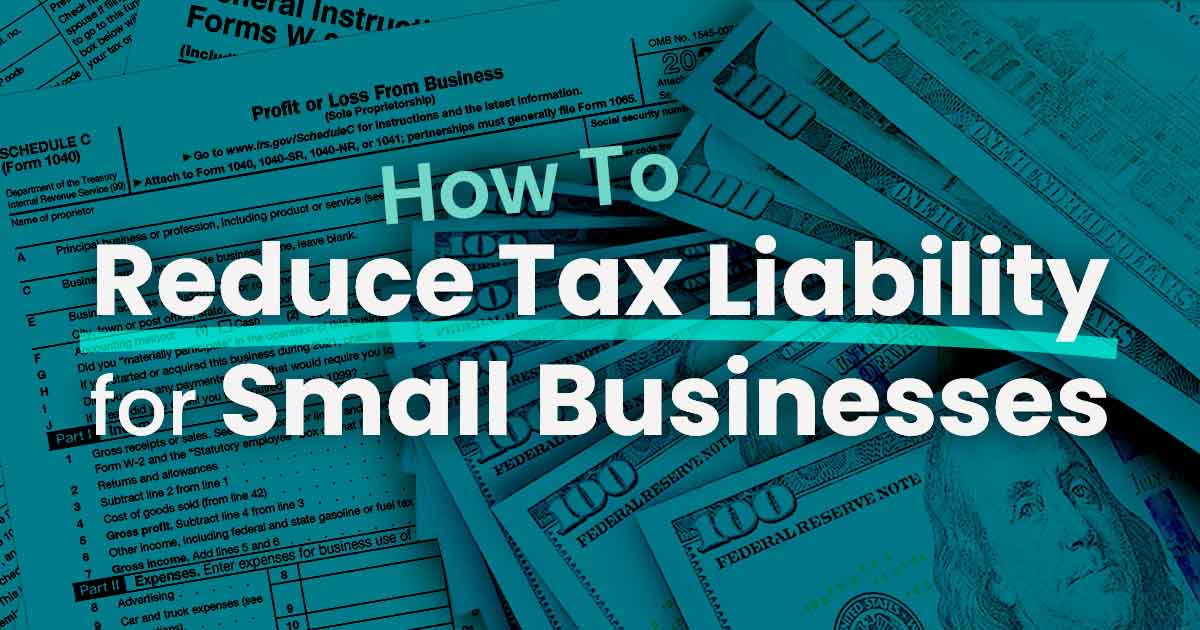Small Business Tax Advisory Services

1-800Accountant redefines business tax advisory
Modern small businesses require modern tax solutions, which is where we come in. Gone are the days of declining quality and rising prices associated with the traditional tax preparation industry.
Our client accounting and tax services are designed to keep costs low and quality high with a mixture of expert CPA tax planning and technology, guaranteeing maximum satisfaction and a minimal tax burden.

Avoid Errors
Year-Round Support
Get unlimited access to a dedicated accounting team and proactive, year-round tax planning and advice.
CPA Tax Advisor

Dedicated Tax Advisory
Your dedicated advisor offers strategic advice that reduces tax liability while maintaining compliance. Additional financial planning services are also offered, including entity structuring and loan agreements.

Proactive Tax Adjustments
Our business advisors and tax professionals may reassess your current tax planning strategies and adjust as needed. You’re also entitled to unlimited tax consultations between your tax advisor and members of your accounting team.

Getting started is quick, easy, and doesn’t cost a penny.
1. Schedule time to speak to one of our in-house tax specialists.
2. Tell us about your business needs.
3. We’ll match you with a small business tax advisor dedicated to supporting your business year-round.

1-800Accountant Year-Round Tax Advisory Process
- Year-Round Tax Preparation
- Tax Organization and Submission
- Iterative Review
- Small Business Approval
- Tax Return Storage

Frequenty Asked Questions about Tax Advisory
Speak to our Small Business Tax Experts Today!
Everything Accounting, All in one Place
Entity Formation
Payroll
Bookkeeping
*Based on a $12.2k average 2022 tax refund per client, which is 4x the cost of a full-service package. Source: first-party data.
*Includes average business tax preparation, form completion and submission, record keeping, and other misc admin time. Source.
*Historical first-party data.



